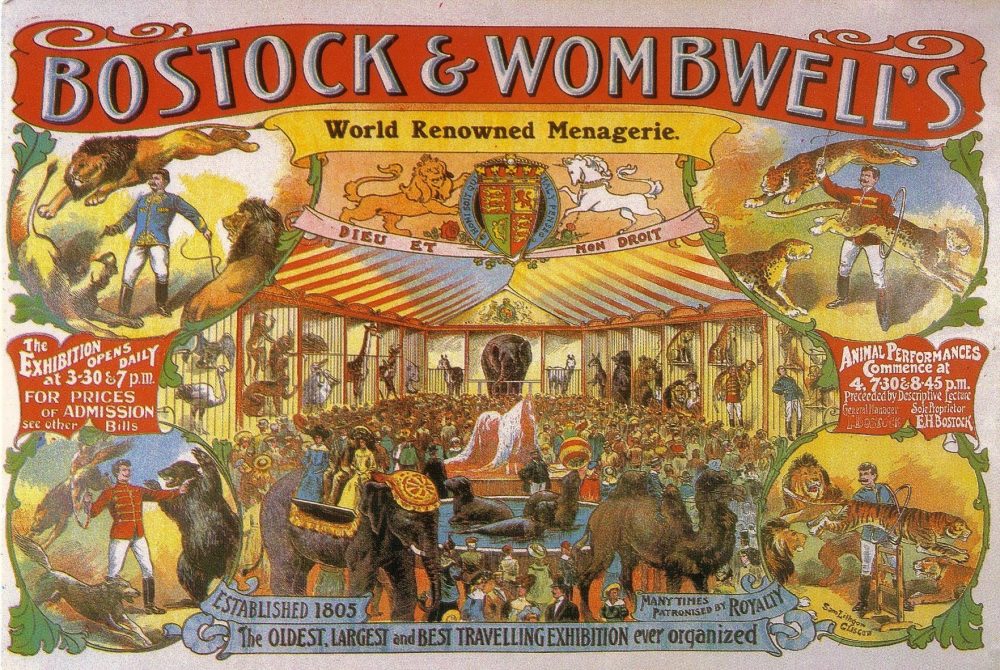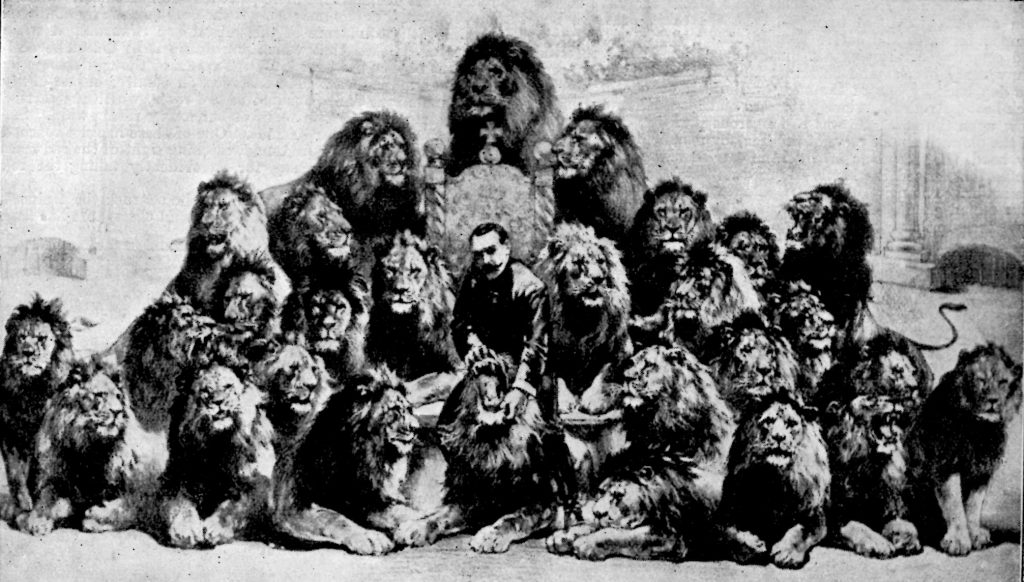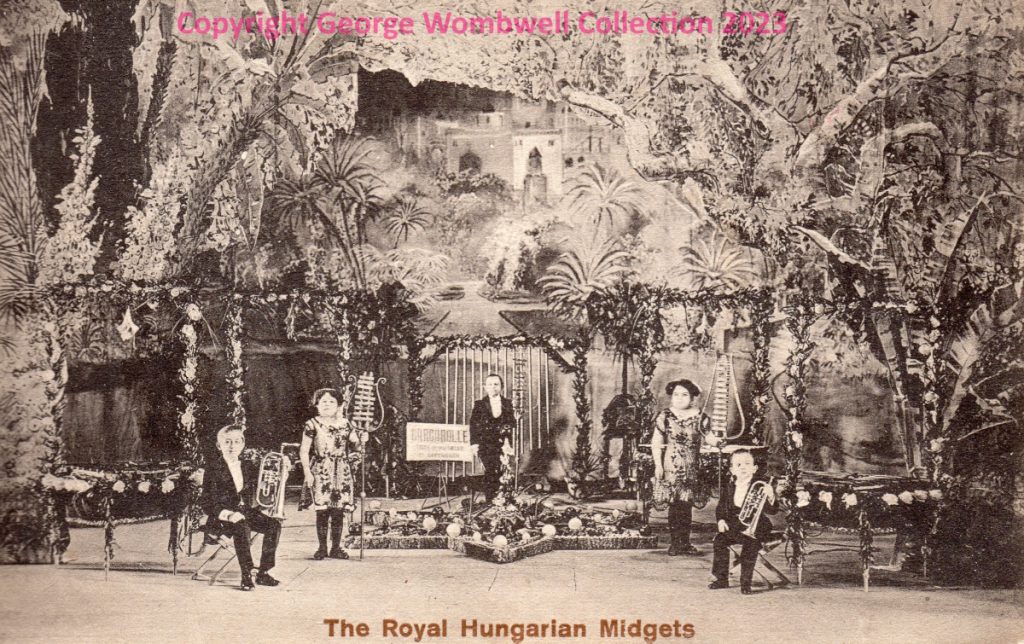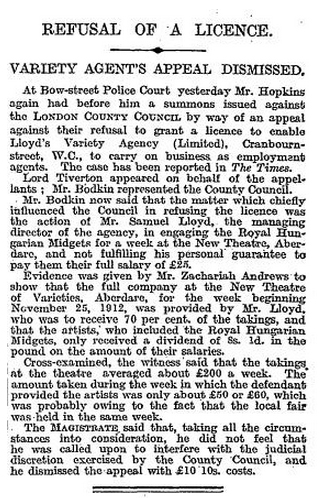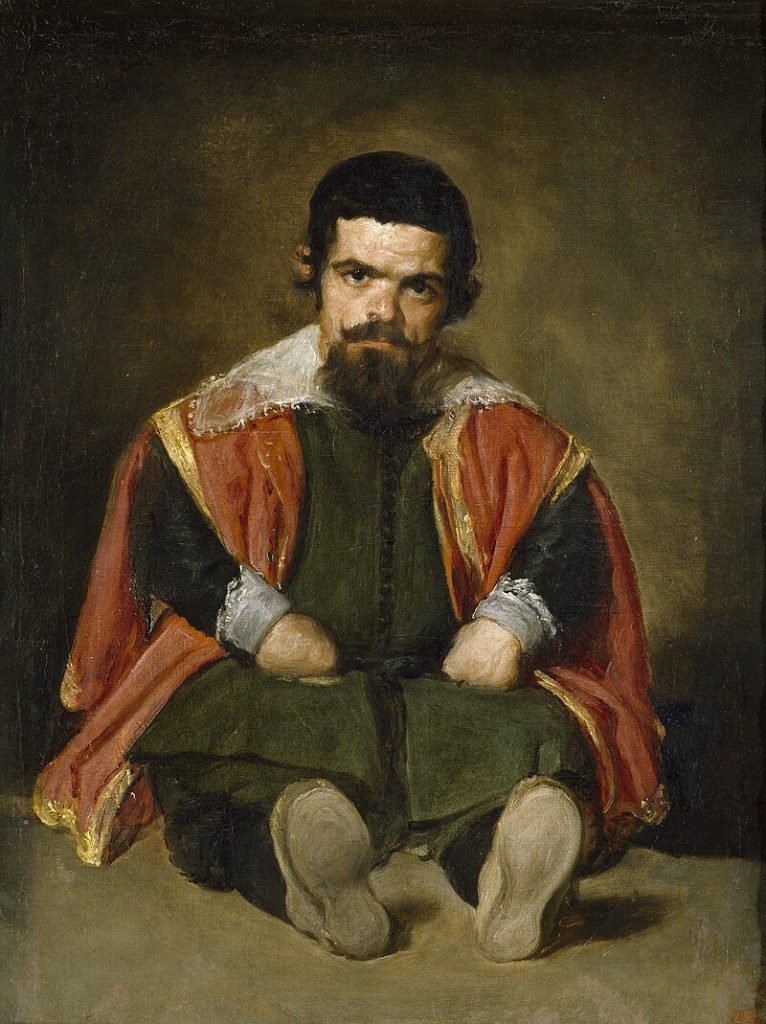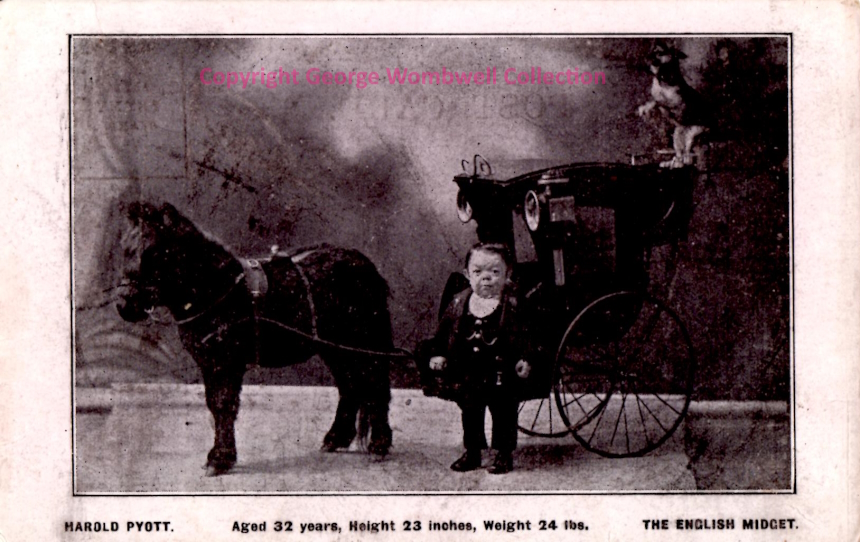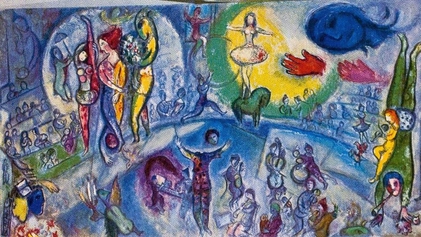
Marc Chagal, Le Grand Cirque, 1956, Oil on canvas, Private Collection
Marc Chagall, celebrated for his enchanting and dreamlike artworks, took an extraordinary leap into the vibrant world of the circus, creating a series of masterpieces that transcend the boundaries between reality and fantasy. Through his unique lens, Chagall captured the spirit, energy, and magic of the circus, creating a visual symphony that continues to captivate art enthusiasts worldwide.
The Circus as Inspiration
Chagall’s fascination with the circus was deeply rooted in his personal history. Born in Russia in 1887, he spent his early years surrounded by the lively performances of traveling circuses that visited his hometown. These childhood memories served as a wellspring of inspiration, fueling Chagall’s later artistic exploration of the circus theme.
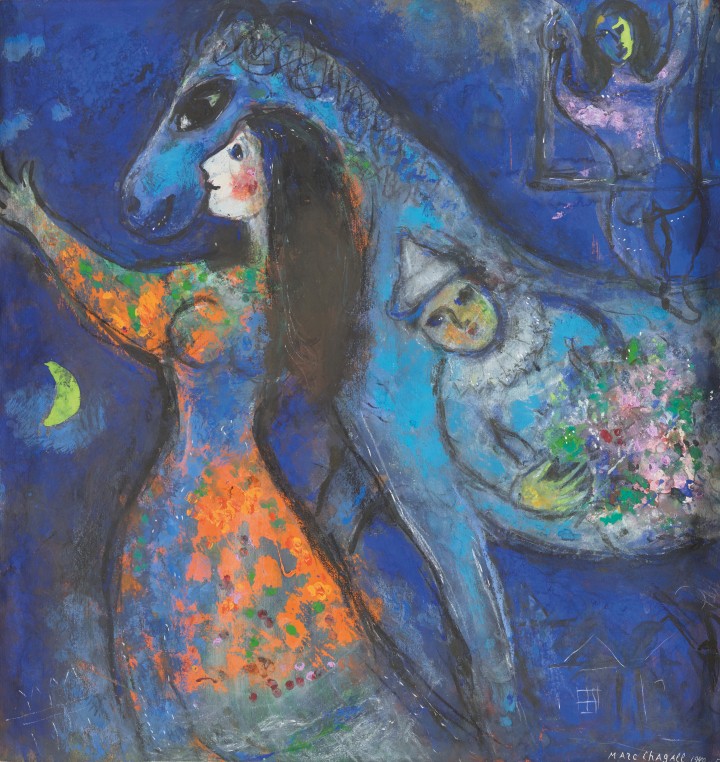
Marc Chagal, The Horse Rider 1949-53 Scottish National Gallery of Modern Art
A Kaleidoscope of Color
Chagall’s circus paintings are characterized by a riot of colors that dance across the canvas. His unique use of bold, vivid hues creates a sense of whimsy and fantasy, transporting viewers into a realm where gravity seems optional, and reality takes on a dreamlike quality. The circus performers, animals, and acrobats become characters in a fantastical narrative.
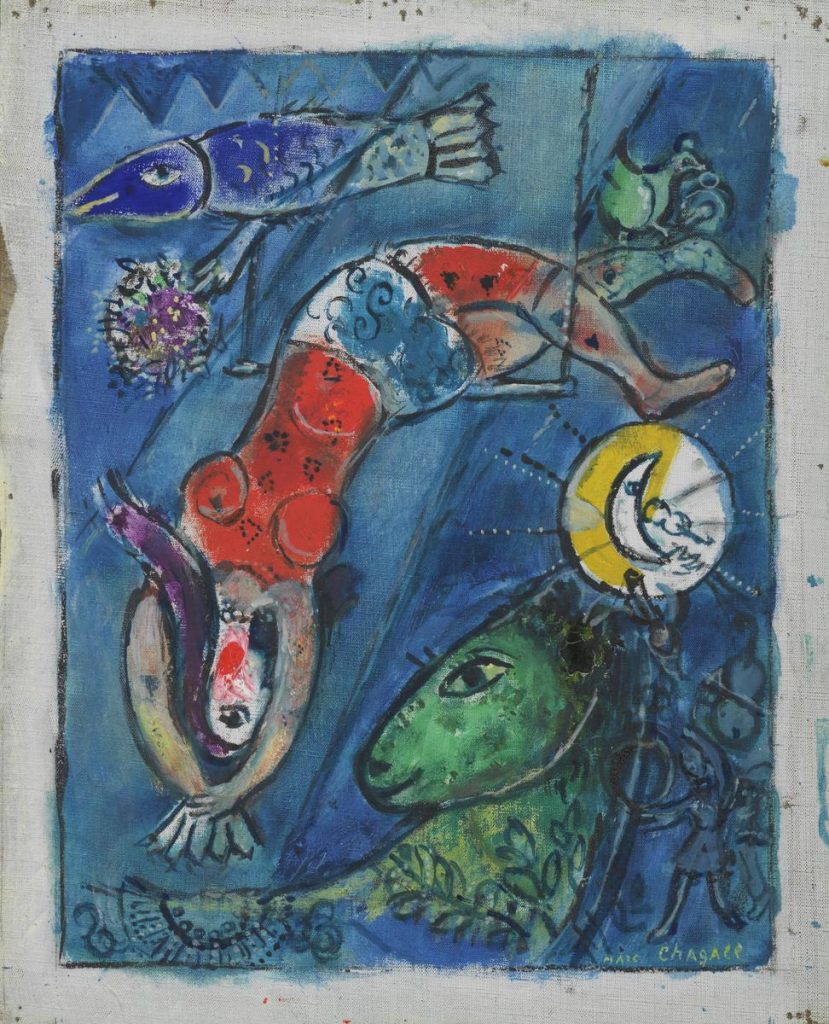
Acrobats in Flight: Defying Gravity
One of the recurring motifs in Chagall’s circus series is the depiction of acrobats soaring through the air. These gravity-defying figures embody a sense of liberation and transcendence, reflecting Chagall’s belief in the power of art to elevate the human spirit. The fluidity of movement and the harmony between performers evoke a sense of joy and celebration.
Circus Animals: Symbolism and Whimsy
Chagall’s circus menagerie includes a cast of whimsical animals, from prancing horses to winged creatures. These animals are not mere spectators but active participants in the circus spectacle. Through his imaginative lens, Chagall imbues the animals with symbolic meaning, inviting viewers to interpret their roles within the intricate tapestry of the circus.
Love and Romance Under the Big Top
The circus, for Chagall, became a metaphor for love and romance. His paintings often feature amorous couples suspended in mid-air, locked in a tender embrace. These depictions go beyond the physical acts of the circus and delve into the emotional and poetic dimensions of human connection, echoing Chagall’s belief in the transformative power of love.
Chagall’s Unique Artistic Language
Chagall’s circus series showcases his distinctive artistic language, blending elements of Cubism, Fauvism, and Surrealism. His ability to merge diverse styles creates a visual vocabulary that is uniquely his own. The dreamy, fantastical quality of his circus paintings reflects not only the artist’s personal experiences but also his profound optimism and belief in the transcendent nature of art.
Enduring Legacy and Contemporary Impact
Decades after Chagall’s exploration of the circus theme, his works continue to resonate with contemporary audiences. The timeless allure of the circus, coupled with Chagall’s imaginative interpretations, ensures that these paintings remain a source of inspiration and wonder. Exhibitions featuring Chagall’s circus series draw crowds eager to experience the magic and emotion encapsulated within his canvases.
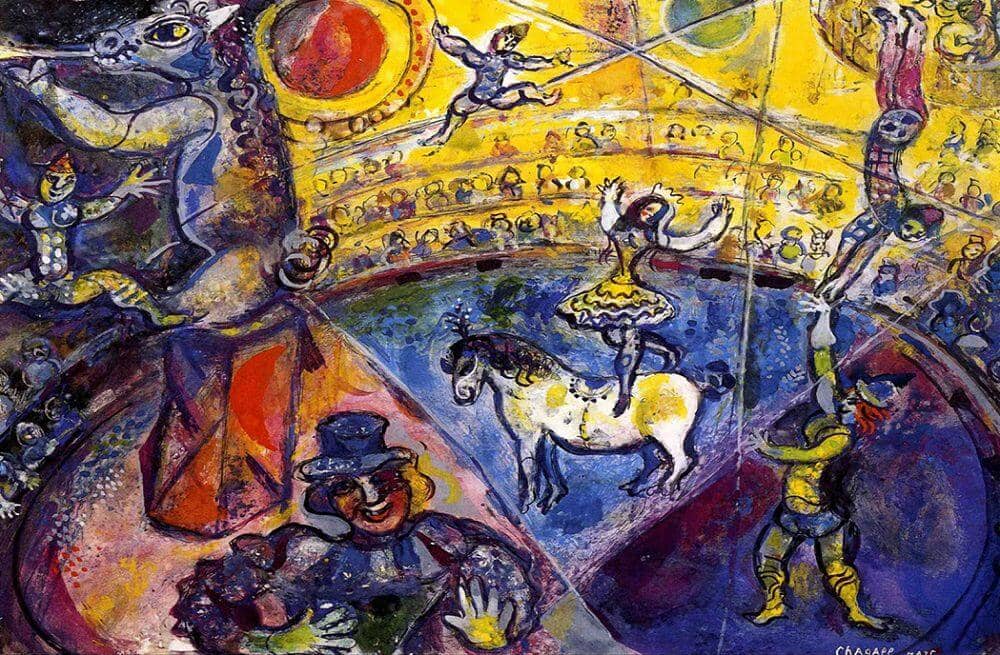
Marc Chagal, Circus Horse 1964
Conclusion: Chagall’s Circus – A Visual Feast
Marc Chagall’s circus series stands as a testament to the artist’s ability to transform ordinary subjects into extraordinary realms of imagination. Through a kaleidoscope of color, movement, and symbolism, Chagall invites viewers to step into a world where the boundaries between reality and fantasy dissolve. The circus, in Chagall’s hands, becomes a visual feast that transcends time, offering a perpetual celebration of the human spirit and the boundless possibilities of artistic expression.
